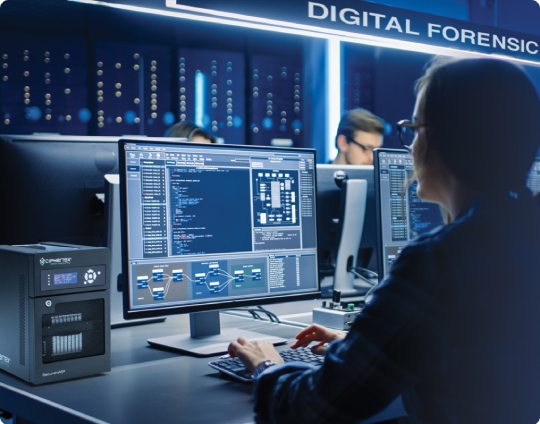Analyzing Digital Evidence with Forensics Software: Techniques and Best Practices

Introduction:
As technology continues to advance, digital evidence is becoming increasingly crucial in investigations and legal proceedings. Forensic software has made it easier to analyze digital evidence, allowing investigators to extract relevant information and present it in court. However, analyzing digital evidence can be challenging and requires specialized skills and knowledge. This article will explore the techniques and best practices for analyzing digital evidence with forensics software.
Imaging and Preservation of Digital Evidence
The first step in analyzing digital evidence is to create a forensic image of the device. This process involves creating an exact copy of the device’s contents, including deleted files and metadata. The forensic image must be preserved in a way that does not alter the data in any way. Best practices for imaging and preservation include using write-blocking hardware and software to ensure that the original data is not changed.
Data Recovery and Analysis
Once the forensic image is created, the next step is to recover deleted data and analyze the data. Forensic software can help in recovering deleted files, and techniques such as file carving can be used to recover fragmented data. It’s essential to analyze the data carefully, looking for evidence that supports the case. Techniques such as keyword searching, timeline analysis, and link analysis can be used to identify relevant information.
Presenting Digital Evidence in Court
Presenting digital evidence in court can be challenging, as the evidence must be presented in a way that is easy for the judge and jury to understand. The digital evidence should be presented clearly and logically, with a clear chain of custody. Best practices for presenting digital evidence include creating visual aids, such as charts and graphs, and providing an explanation of the data’s significance.
Conclusion:
Analyzing digital evidence with forensics software requires specialized skills and knowledge. It’s crucial to follow best practices, such as imaging and preserving digital evidence, and carefully analyzing the data. Presenting digital evidence in court requires clear and concise communication, with visual aids to help explain the evidence’s significance. By following these techniques and best practices, investigators can ensure that digital evidence is analyzed correctly and presented in a way that is clear and understandable in court.

















